Merging to create the future
On July 9, at the Seminar "Administrative reform - Creating development space" organized by the Ho Chi Minh City Handicraft and Wood Processing Association (HAWA) and the Ho Chi Minh City Construction and Building Materials Association (SACA).
Experts, managers, and businessmen all agree that the merger of Ho Chi Minh City with Binh Duong and Ba Ria - Vung Tau will open up a new development space with regional, inter-sectoral, inter-level ecosystems, with a vision of a modern, multi-centered coastal metropolis.
 |
| Seminar "Administrative reform - Creating development space". |
Mr. Le Hoang Chau, Chairman of the Ho Chi Minh City Real Estate Association (HoREA) emphasized: “The merger is not just an administrative problem, but a revolution in development thinking. With the same resources, but if reorganized properly, we can create superior performance.”
He cited the current seaport system as being fragmented and somewhat competitive with each other: Ho Chi Minh City has Cat Lai, Hiep Phuoc; Ba Ria - Vung Tau has Cai Mep - Thi Vai, Long An also plans its own ports. After the merger, there needs to be a regional master plan, connecting and complementing port clusters, avoiding duplication of investment, reducing logistics costs and increasing customs clearance capacity.
Agreeing, Dr. Architect Ngo Viet Nam Son, Chairman of Ngo Viet Architects & Planners, called this “a completely new development situation” when the regional structure is established according to three poles. In which, Binh Duong (old) is an industrial - production area; Ba Ria - Vung Tau (old) is a seaport - sea tourism hub and the existing Ho Chi Minh City is a center of finance - technology - education - innovation.
According to him, this is a “triangle of dynamics” model that can develop harmoniously if planned and assigned roles are correct. Ho Chi Minh City needs to promote its role as “a locomotive pulling the train”, especially in planning traffic infrastructure, smart cities and regional logistics. “We cannot plan modern cities with old, local thinking, but must switch to a shared, integrated, interconnected and inter-regional mindset,” Mr. Son emphasized.
In particular, he said that Ho Chi Minh City needs to boldly invest in a chain of marine ecological urban areas from Can Gio - Vung Tau - Ho Tram to Phan Thiet (Lam Dong), making the most of the advantages of landscape, climate, seaports and indigenous culture.
At the same time, the metro system connecting to Binh Duong, Ba Ria - Vung Tau and Long Thanh airport will be a prerequisite for forming TOD (Transit Oriented Development) urban areas, creating investment attraction and increasing development density in depth.
Businesses take advantage of opportunities
The new development space after the merger is not only a story of planning and vision, but also opens up restructuring opportunities for each specific industry.
 |
| Mr. Phung Quoc Man, Chairman of HAWA shared at the seminar. |
Mr. Phung Quoc Man, Chairman of HAWA, commented: “When the three pillars converge, Ho Chi Minh City is the center of trade and technology, Binh Duong is the capital of the wood industry with an export turnover of nearly 5 billion USD and Ba Ria - Vung Tau possesses the advantage of a strategic seaport, the wood and furniture industry will have a strong transformation”.
He likened this economic space to a “closed chain”, in which placing production, distribution, and logistics centers in the same planning space helps the wood industry reduce operating costs, shorten the time to deliver goods to the world, and improve market response capacity.
Similarly, Mr. Pham Hien Nhan, representative of Viglacera, also said that the merger helps the enterprise restructure the factory in the direction of regional specialization, reducing up to 10% of logistics costs by placing the right factory in the right location.
“If previously transporting a container of bricks from the North to the South cost more than VND14 million, now we can save significantly thanks to restructuring the supply chain,” he said.
In addition, the construction and real estate industry is also expected to be "reactivated" thanks to the planning of new urban areas, functional zoning and regional infrastructure development.
Mr. Dinh Hong Ky, Chairman of the Board of Directors of Secoin Joint Stock Company, Chairman of the Association of Construction and Building Materials Enterprises of Ho Chi Minh City, commented that looking at the Government's current infrastructure development plan in the Southeast region and Ho Chi Minh City with key projects such as Long Thanh airport, Ring Road 4, Ho Chi Minh City - Long Thanh expansion road, it can be seen that the demand for construction materials is very large.
However, Dr. Pham Tran Hai, Ho Chi Minh City Institute for Development Studies, said: “The merger cannot stop at just combining administrative maps. More importantly, it is necessary to adjust the integrated, synchronous, and flexible planning so as not to create legal gaps or development conflicts.”
He proposed that the new planning should focus on strategic axes such as marine economy, finance, logistics, high technology, renewable energy and eco-tourism. At the same time, promote the university urban model and innovation cooperation according to the "four-spiral model" including: State - university - enterprise - community.
It can be seen that experts all agree that the merger is a golden opportunity to restructure the development space of the Southeast region, but it needs to be accompanied by new management thinking, integrated planning, flexible institutions and the companionship of businesses.
Source: https://baodautu.vn/tphcm-sau-sap-nhap-mo-rong-khong-giant-phat-trien-nang-tam-vai-tro-do-thi-bien-d327528.html


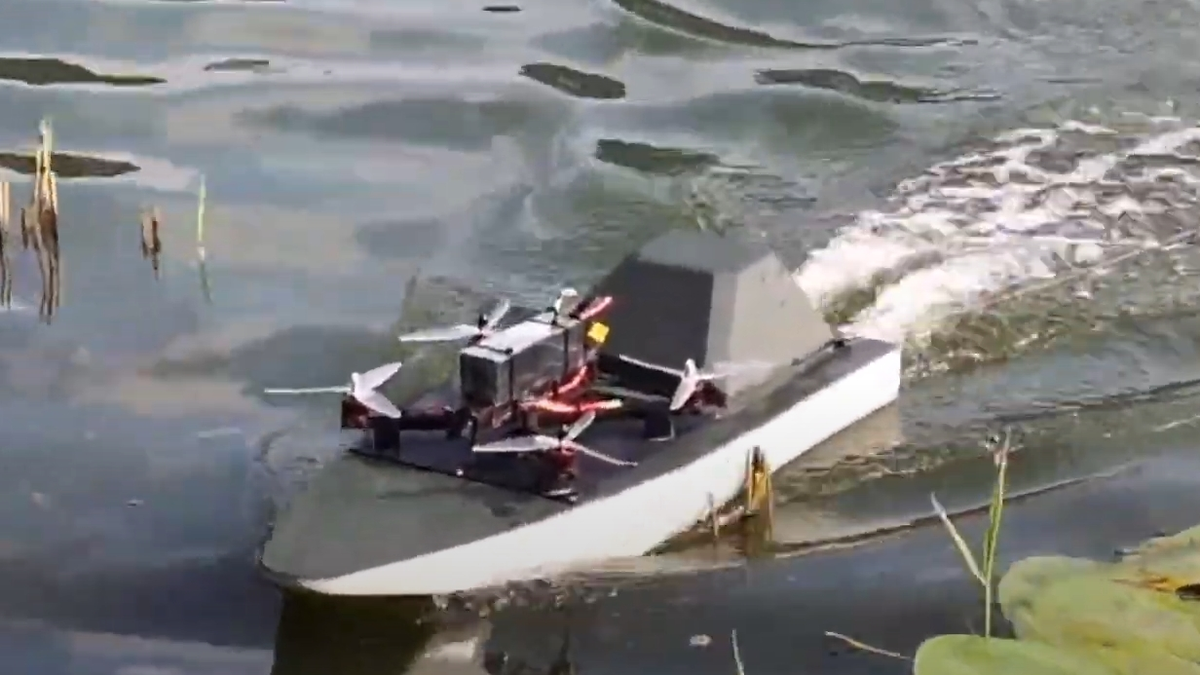
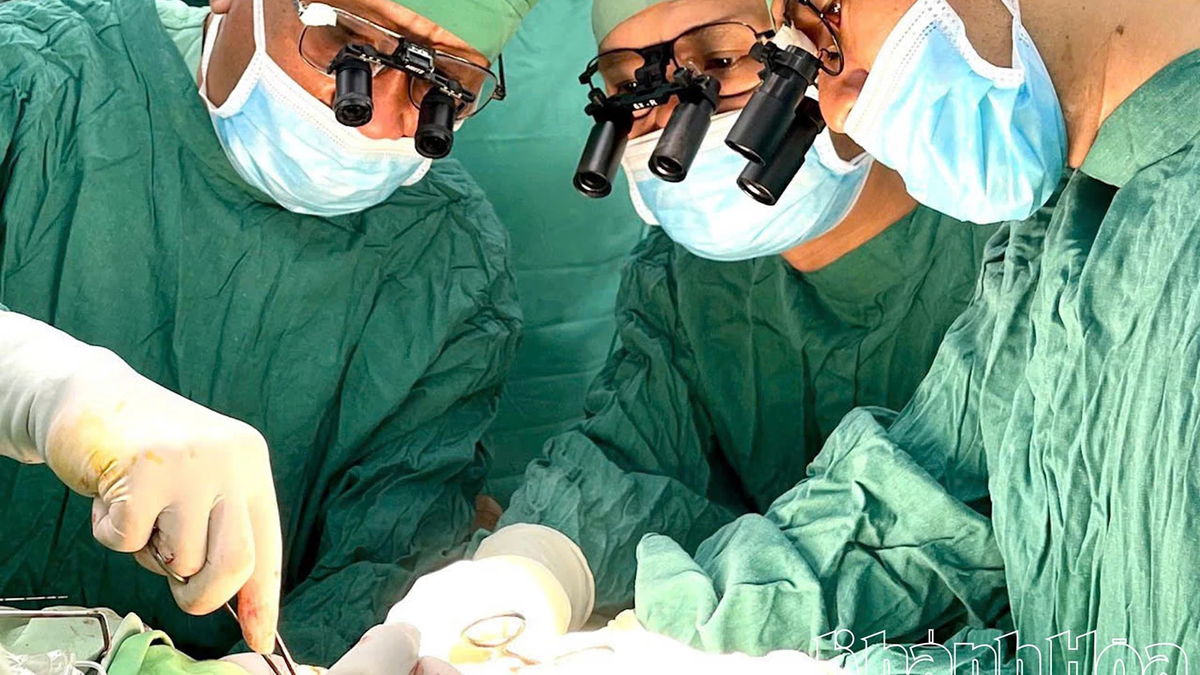
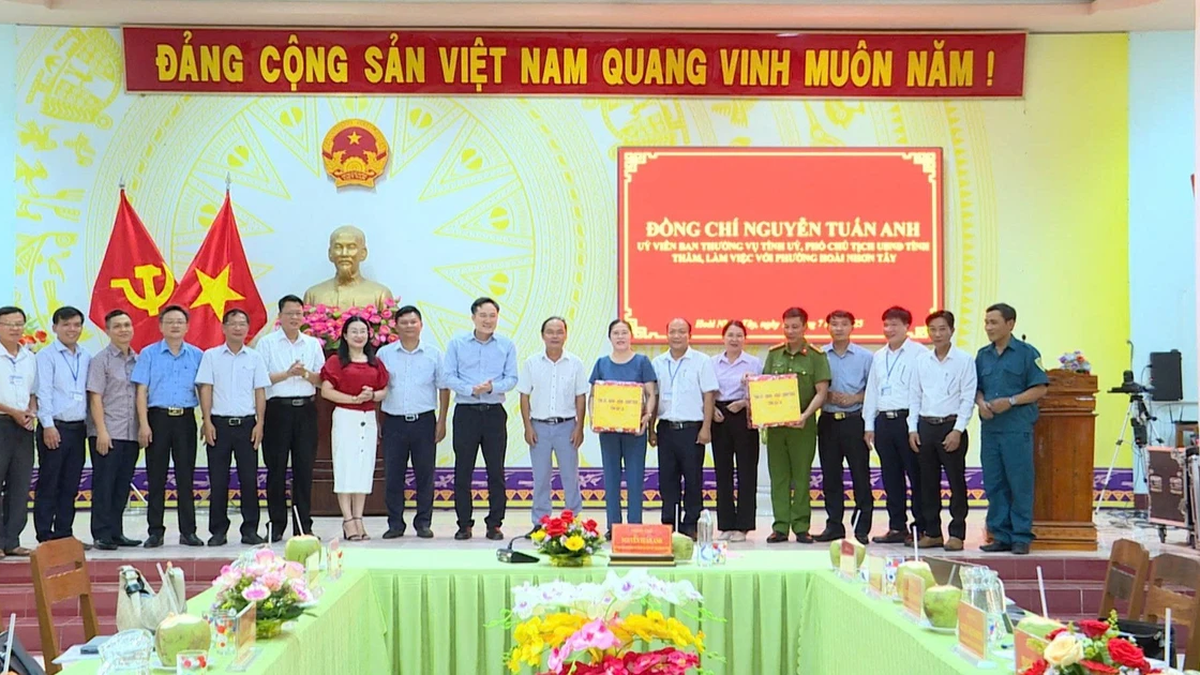
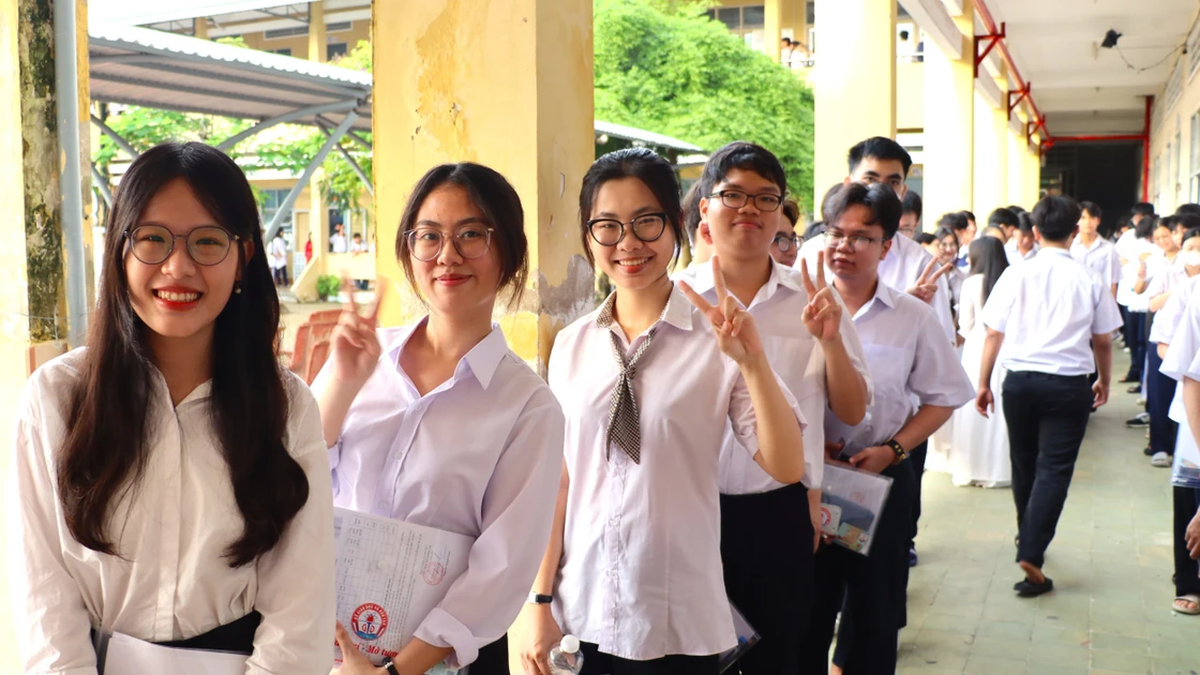
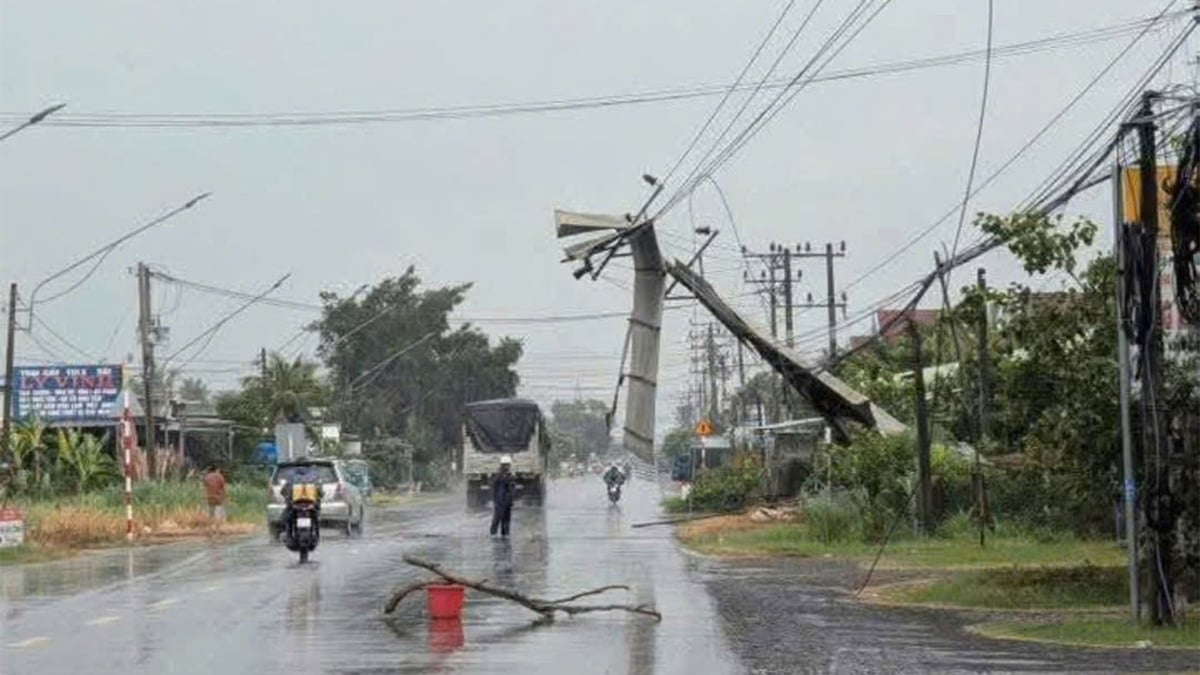
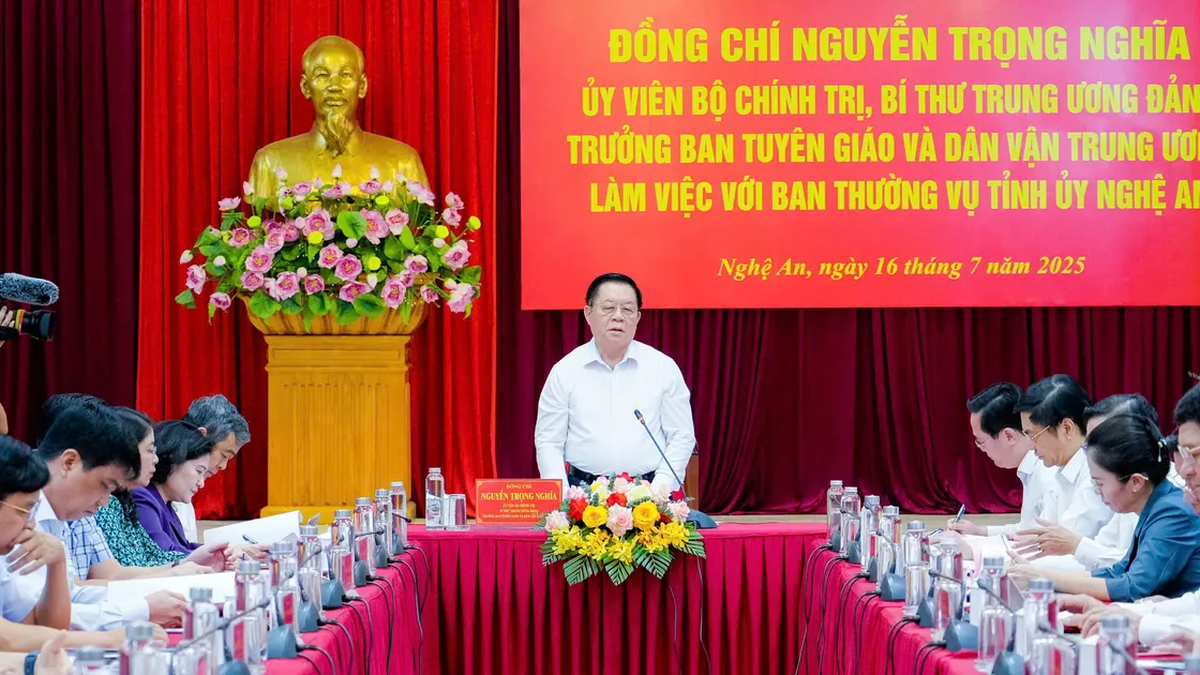
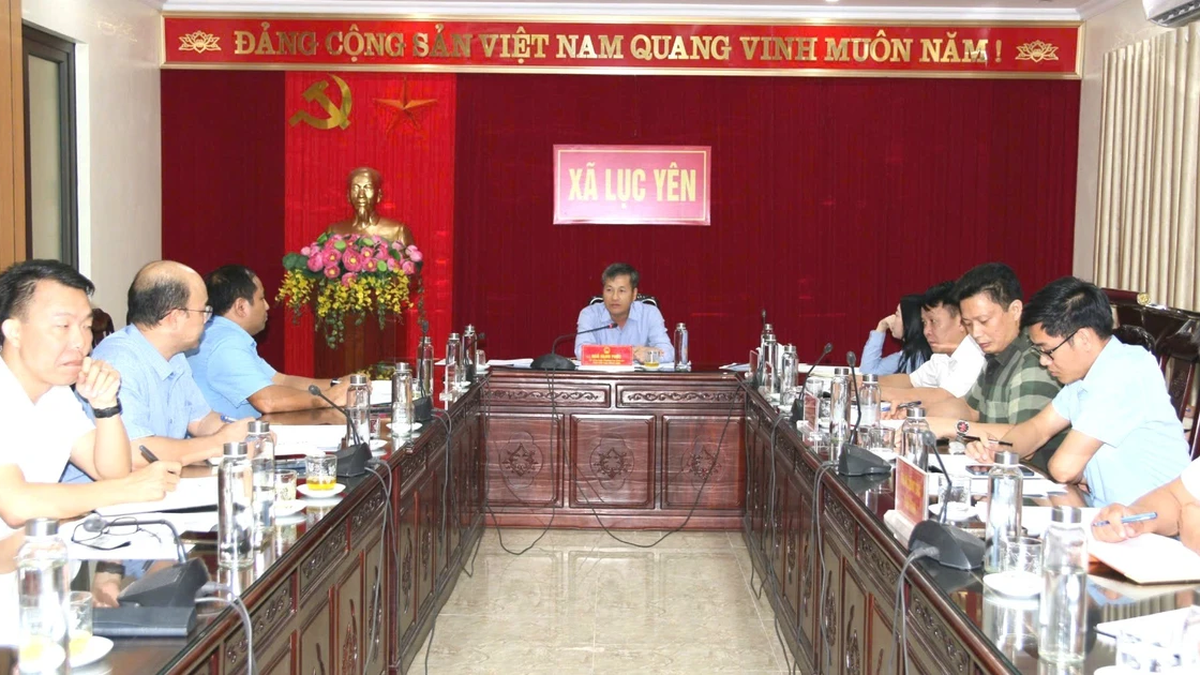
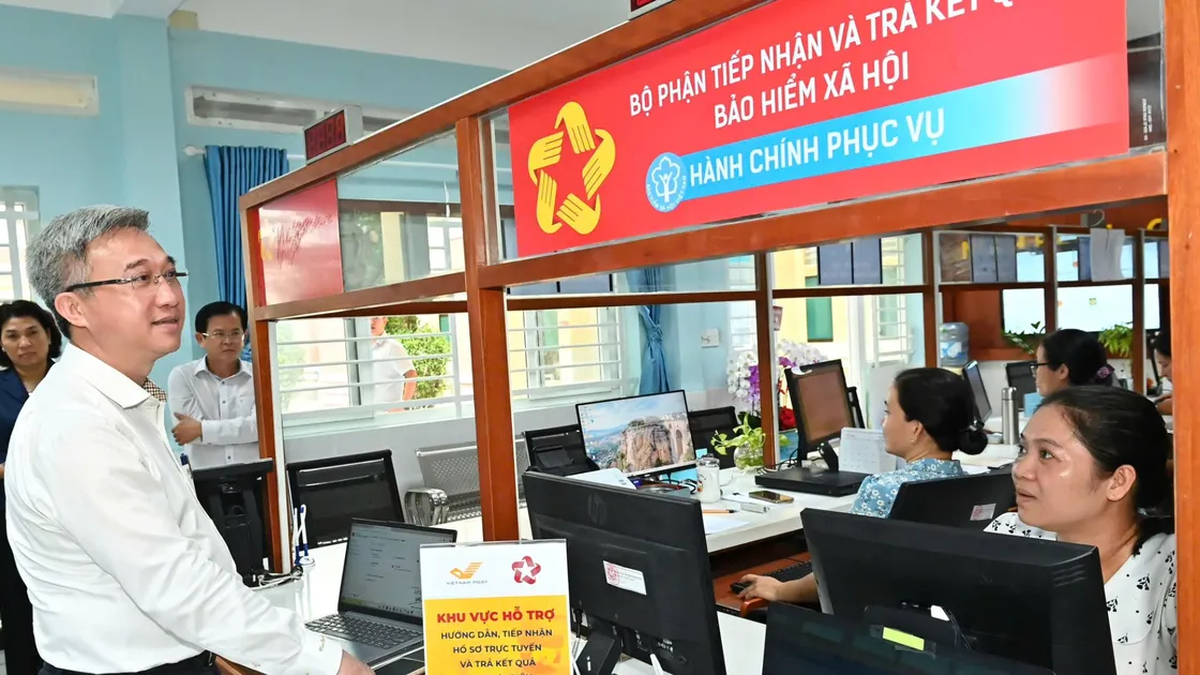
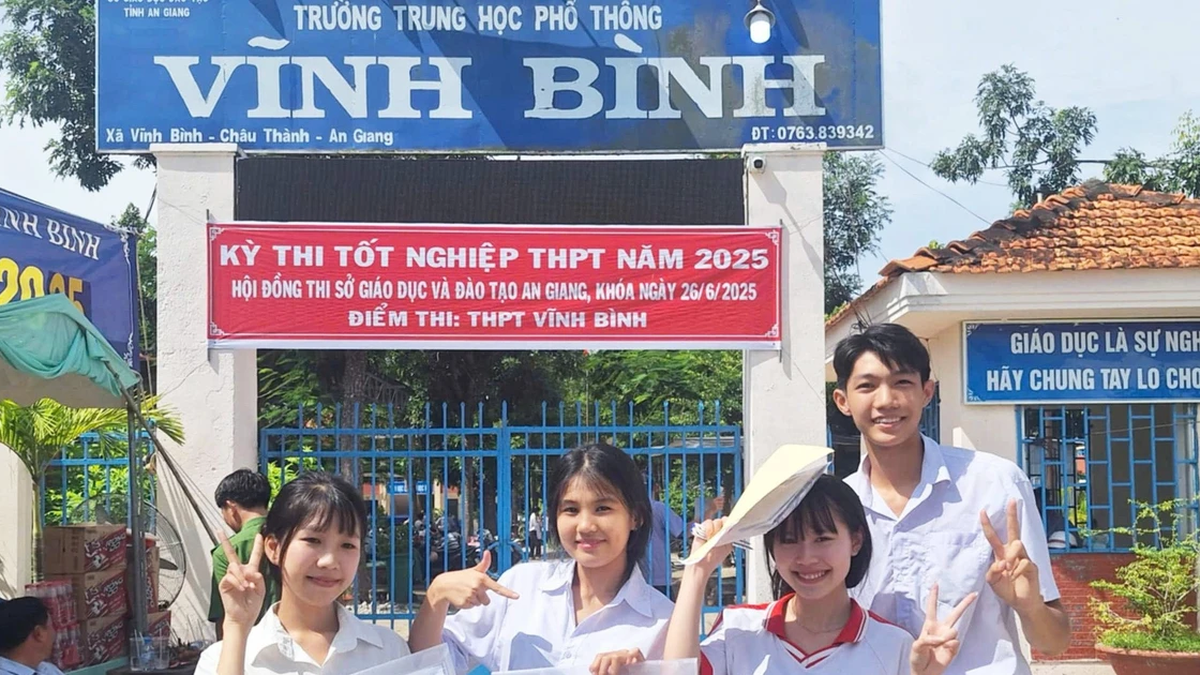
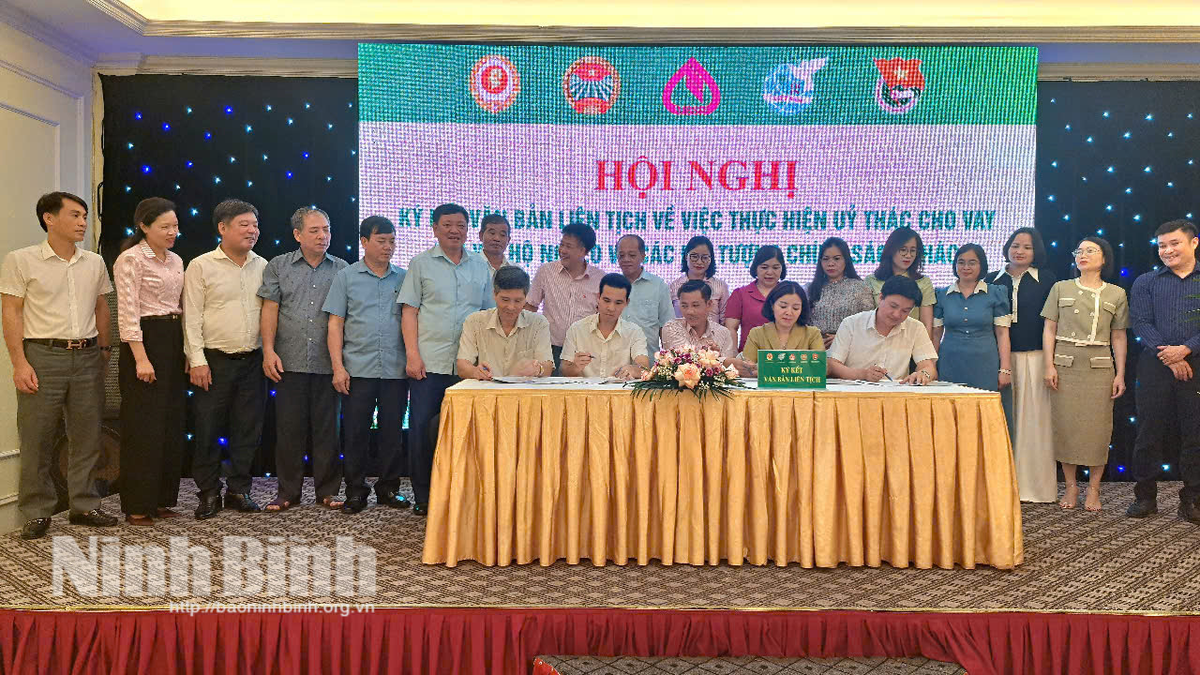








































![[Maritime News] More than 80% of global container shipping capacity is in the hands of MSC and major shipping alliances](https://vphoto.vietnam.vn/thumb/402x226/vietnam/resource/IMAGE/2025/7/16/6b4d586c984b4cbf8c5680352b9eaeb0)



















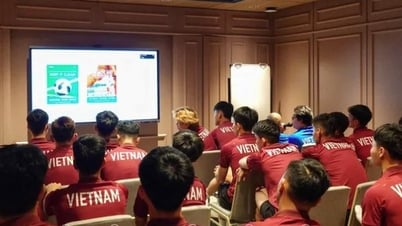
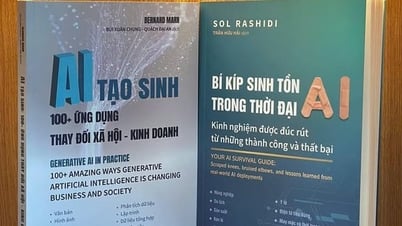
























Comment (0)